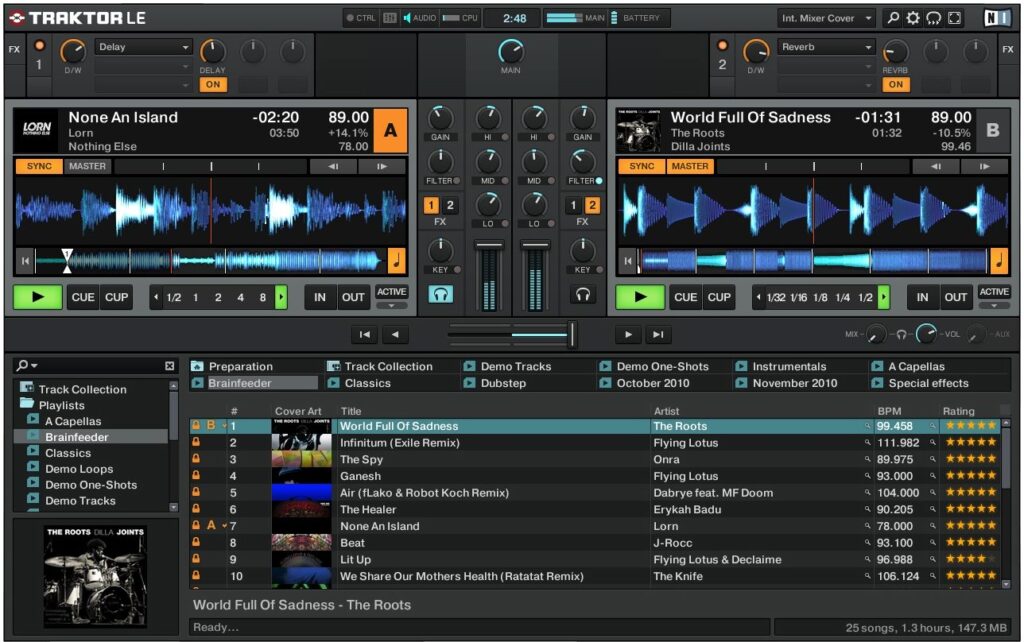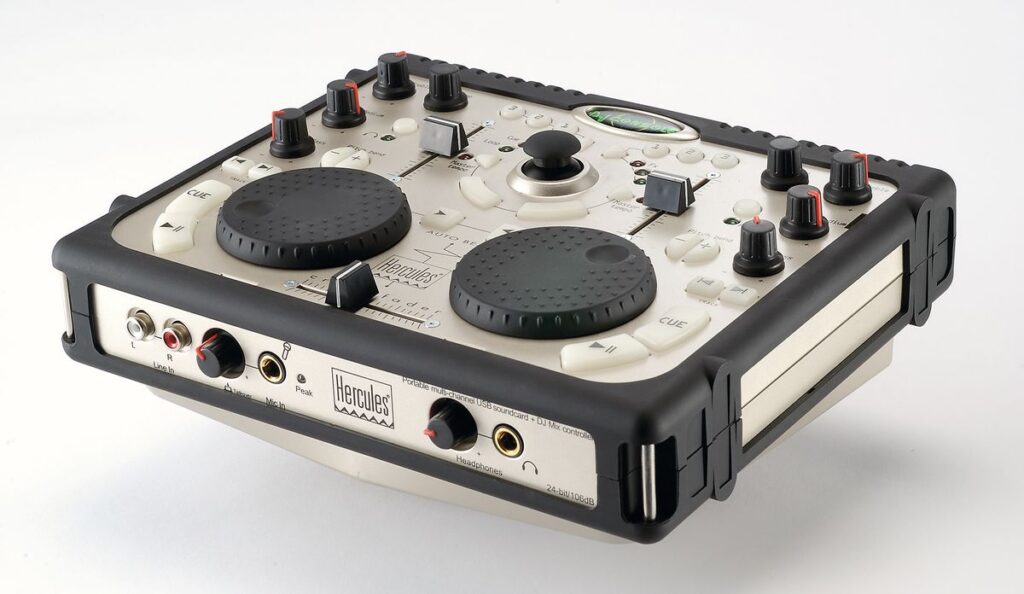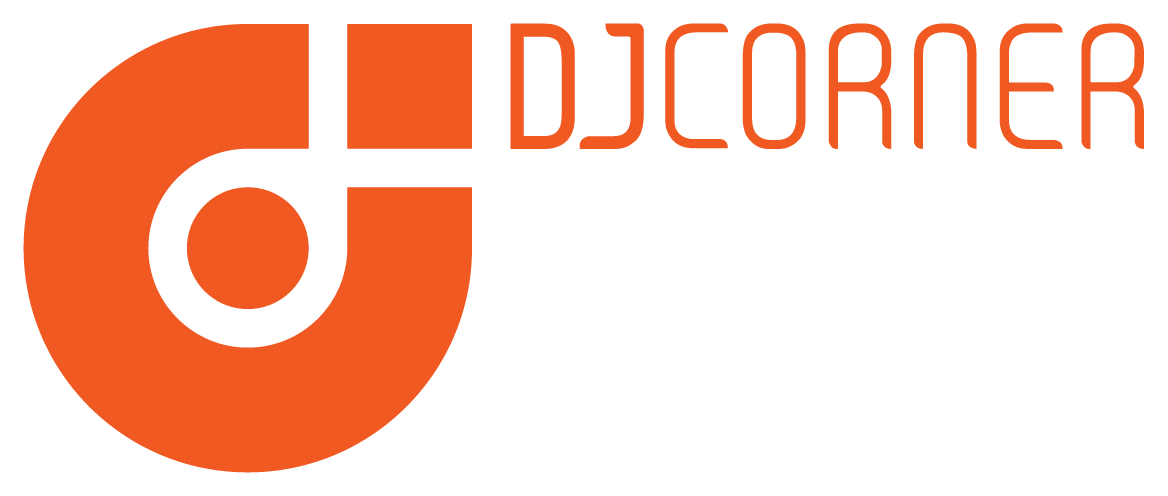The Great SYNC Debate: Evolution or Erosion of DJing?
If you’re a DJ—whether a seasoned vinyl purist or a newcomer to the decks—you’ve undoubtedly encountered one of the most polarizing topics in the industry: the SYNC button. For those unfamiliar, this tiny yet powerful feature automates beat-matching at the push of a button, aligning the tempo and beats of two tracks instantly. In theory, it’s a simple convenience. In practice, it’s sparked a heated debate that continues to divide DJs to this day.
So why all the controversy? Why does an automatic beat-matching function stir such strong opinions? To understand the uproar, we need to take a step back and examine the origins of the SYNC button.

A Brief History of SYNC
The first appearance of the SYNC function dates back to the early 2000s, when Traktor DJ Studio 2.6 introduced a revolutionary feature: automatic tempo and phrase synchronization. It didn’t take long for other software platforms—such as Virtual DJ, Serato, and even the now-nostalgic Deckadance—to adopt the functionality. Hardware manufacturers followed suit, integrating SYNC into their controllers and media players. Brands like Hercules, Native Instruments, Vestax, Numark, and Denon embraced the shift, signaling that SYNC was not just a passing trend but a permanent fixture in DJ technology.
With this innovation came an entirely new approach to DJing: Controllerism. Digital DJ controllers, combined with software and compact audio libraries, made DJing more accessible than ever. No longer did DJs need crates of vinyl or stacks of CDs—just a laptop, a controller (which, in many cases, fit inside a backpack), and an arsenal of digital tracks.
But with accessibility came an identity crisis.

The Divide: Tradition vs. Progress
As controllers and SYNC technology became widespread, a new breed of DJs emerged—one less concerned with the craft’s traditional techniques and more focused on the outcome. These DJs prioritized crowd engagement and seamless transitions over manual beat-matching, operating under a simple philosophy: the end justifies the means. Their audiences weren’t concerned with how tracks were mixed—only that the right songs kept them dancing.
This shift is precisely where traditionalists take issue. Many argue that essential DJing skills—such as phrasing, harmonic mixing, and manual beat-matching—are being abandoned in favor of shortcuts. To them, relying on SYNC is like driving an automatic car instead of mastering a stick shift, using a capo instead of learning barre chords, or shooting in auto mode rather than manually adjusting camera settings. In their eyes, the craft is being diluted.
On the other hand, SYNC advocates counter that a DJ’s primary role is to entertain—not to obsess over technique. They argue that automation frees up time for creativity, allowing DJs to focus on advanced performance elements like hot cueing, looping, live remixing, and crowd interaction. After all, technology has always shaped the evolution of DJing. If the goal is to keep people moving, does the method really matter?
A Middle Ground
Interestingly, even some veteran DJs who embrace SYNC acknowledge one critical point: it should be used as a tool, not a crutch. A DJ should still be able to beat-match manually when necessary—whether due to an improperly analyzed beat grid, a software malfunction, or the need to perform on older equipment. Mastering manual beat-matching isn’t just about nostalgia; it lays the foundation for deeper technical skills and a greater understanding of music structure. In fact a lot of battle DJs have embraced SYNC and incorporated it into their sets in order to free up precious time to do other tricks.
At its core, DJing is about evolution—of sound, style, and technology. The SYNC button isn’t inherently good or bad; its value lies in how a DJ chooses to use it. Those who treat it as an enhancement rather than a replacement for skill will always have an edge. In the end, the true measure of a DJ isn’t whether they press SYNC—it’s what they do with the time it gives them.
